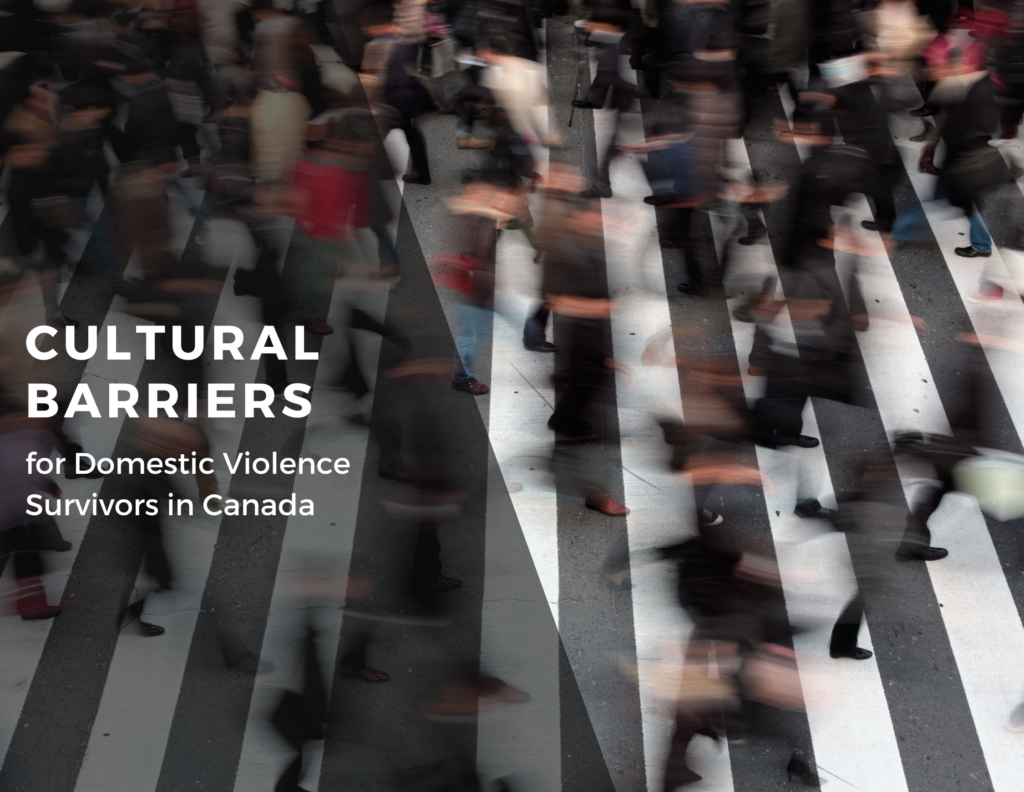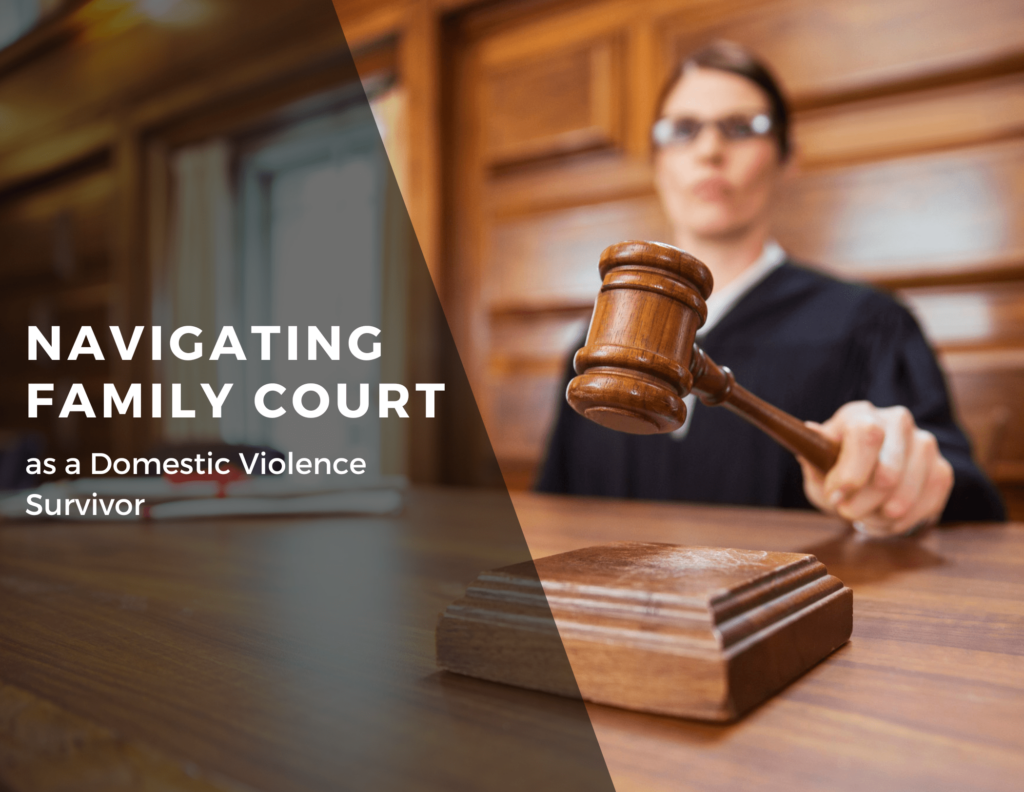Online Safety for Women Survivors of Abuse

Online Safety for women in Alberta. Everything you need to know to stay safe online.
Online safety for women has become a key factor in preventing abuse. As technology develops, our lives have gradually become more interconnected through the internet, digital devices, and social media. Although these tools bring a lot of positive aspects, they are also a new medium through which abuse can be perpetrated, and victims may be unaware of how to protect themselves. That is why we have created this guide for online safety for women, so that you can have the tools to prevent an attack, or know what to do in case you find yourself or others to be a victim of one.
According to the Alberta Council of Women’s Shelters (ACWS), 98.5% of people served in domestic violence shelters, during the last fiscal year identify as women. About 1.1% identify as men. Approximately 0.4% identify as gender-diverse. Although all of them can be subjects of online abusive behaviors, women are the most vulnerable group.
First, we need to know the top 5 online attacks you can be exposed to through the internet. These are not in any specific order and include the following:
- Romance Scams.
- Partner controlling devices and assets.
- Adult cyber abuse.
- Identity theft.
- Stalking.
Now, let’s get into details of each one of these, so you can know what they are, the most common techniques perpetrators use, and how to protect yourself or others.
Online safety for women risk #1: Romance Scams

A romance scam is when an attacker starts a relationship with a survivor with the only objective of taking material resources from them, most usually, money. These attackers will often use fake accounts, but can sometimes use their real names and personalities, since their survivors will be giving them resources voluntarily, giving them a false sense of security.
One of the most common ways a romance scammer can entice their survivors is through online dating apps or sites, where they find vulnerable people, most often women over 35.
They will claim to be affluent or coming from privileged families and show off their extravagant lifestyles, then they will gain the trust of their survivors, start relationships with them, and even propose marriage. Once they gain their trust, they will ask for money in different ways. These can include:
- They are travelling and their card is not working.
- Medical emergency.
- Family emergency.
- Financial emergency.
- Legal emergency.
- Business loans.
The survivor will often fall for these tactics because the criminal has faked being very affluent and say they will pay them back, but they never do, and the requests for money keep coming.
In the worst cases, the survivor will continue to be involved in other scams by sharing their financial information, which will be used by other criminal enterprises, leading to bankruptcy, self harm, or suicide.
How to protect yourself against romance scams
The following factors are a key aspect for online safety for women who want to prevent being attacked by a romance scammer.
- Never share financial information to someone you have never met, or early in a new relationship.
- Always research the photos and profiles of people you meet on the internet.
- If the person seems too good to be true, they probably are.
- Only use reputable websites and still be cautious.
Online safety for women risk #2: Partner Controlling Devices and Assets.

Abusive relationships can take many forms, and one of the most common patterns is that of the controlling partner. This kind of abuse takes place when one of the members of the relationship is seeking to control the other through various means.
In this day and age, when an abusive partner controls your digital assets, they can leave you in an extremely vulnerable position, which will increase the abuser’s control, and isolate the survivor to the point where they feel that there is no point in seeking help.
Some of the most common things the abusers are looking to control are:
- Computers.
- Mobile phones.
- Access to email, or social media accounts.
- Bank accounts and digital credit cards or apps.
- Key documentation, such as passports, SIN numbers, birth certificates, drivers licenses.
When an abusive partner is controlling all or some of the assets above, that essentially traps the survivor into their current situation and leaves them with a feeling of hopelessness.
How to prevent a partner controlling devices and assets
Whenever you start noticing that your abusive partner starts taking control of your key digital assets, you will have to take action in order to establish a way to digitally protect or recover them. These are some measures you can take.
- Get a safety device – one that you keep secret and that your partner doesn’t know about. You can learn here how to disable emergency alerts on a secret device.
- Configure two step verification on all your most important accounts.
- Create different email addresses and diversify their use in two step verification.
- Set up a digital backup of all your most important documents.
- Use cash for safety purchases.
Online safety for women risk #3: Adult Cyber Abuse

This type of abuse can come in many shapes and forms. Much like cyberbullying (its underage equivalent), adult cyber abuse looks to cause harm, harass, offend, threaten, demean, humiliate, blackmail, and more. This is one of the most underrated forms of abuse when talking about online safety for women.
The main difference with cyberbullying is that when committed by adults with the intention to cause serious harm, it can lead to much graver consequences than cyberbullying usually does, not only to the survivor, but also to their whole family.
Abusers will usually look to post sensitive information about their victims through social media and other digital channels. This can be done via comments, messages, images, memes, videos, photos, emails, livestreams, websites, and more.
How to protect yourself against adult cyber abuse
Depending on the severity of the attacks, there are multiple actions that can be taken to stop the abuse, or take measures against it in case things escalate further.
- Blocking the person is the first measure to be taken when receiving direct attacks such as messages or emails.
- Reporting the content to the social media channel as harmful or violating the community policies. This will get the platform to block the person’s content, freeze their accounts or even delete them. You can find Facebook’s guide on how to report content here.
- Creating “burner accounts” for yourself is a good defensive strategy. This tactic is also used by abusers to attack when their main accounts have already been blocked, but it can also be used by a survivor who has been harassed into deleting their social media accounts. It is recommended to only have people you trust follow this account and use maximum privacy settings.
- Report your abuser to the authorities. Nowadays, social media interactions can be taken seriously by the police depending on severity and frequency. Physical threats by a person you know can be mitigated by law enforcement.
- Keep a record of everything that is being published. This can help you as evidence of abuse in a court of law.
Online safety for women risk #4: Identity Theft and Financial Abuse

Identity theft is considered a serious crime, and it’s more common than you might think. It is especially common in an abusive partnership, since people in relationships naturally share sensitive information, some abusers will take advantage of this and steal their partner’s identity. This is especially easy nowadays, since many processes can be done online, and is one of the main concerns when talking about online safety for women.
Identity theft happens when someone other than you uses your sensitive information to pose as you in official matters, making purchases, requesting financing, or using your identity when committing a crime and leaving you with a criminal record.
One common action taken by identity theft is to use your Social Insurance Number, along with your personal information to open a new credit card, and maxing it out, leaving you with a ruined credit.
If you notice any of the following, you might be a survivor of identity theft.
- Unrecognized charges in your credit card statement.
- Collectors contact you to collect debt that you don’t know about.
- You no longer receive your credit card statement in the mail.
- Financial institutions tell you that your application has been approved for a credit you did not apply for.
- You receive government mail or communication about actions you did not commit.
What to do if your identity has been stolen
If you think that any of your personal sensitive information has been stolen by your abusive partner, here are some measures you can take.
- Visit the Canadian Anti Fraud Centre’s website. They have plenty of useful information.
- Report the incident to the police. This is a serious crime and actions can be taken by the authorities.
- Contact your financial institutions, Service Canada Office (if your SIN number was stolen), and Canada Post Postal Security (if your mail was stolen).
- Be ready to fill Affidavits of forgery to gain innocence with your financial institutions.
Online safety for women risk #5: Stalking
Stalking is a behavior that permeates most of the activities previously mentioned in this article. It is both a criminal activity by itself, as well as a conduct for other abusive behaviors. According to the Canadian Criminal Code, it is called Criminal Harassment and shares some similarities with adult cyber abuse, but the main difference is that stalking looks to keep the survivor under constant vigilance, be it through social media, or in real life. Stalking can cause severe emotional distress and paranoia.
According to the Government of Canada, 88% of the perpetrators are obsessed with someone they know, often being spouses, ex-partners, coworkers, or close friends.
How to prevent stalking
Most stalking is done online, with social media being the main channel through which they do it. Most survivors are unbeknownst to this, which is why you must always be mindful of the following points:
- Don’t share too much information through social media.
- Never reveal your current location, common places you visit, schedules, or any means to find you.
- Never publish sensitive information.
- Keep maximum privacy settings on social media. Only allow people you know and that you approve of to follow you. Any unknown account can be your stalker.
- Use a VPN or encryption services to conceal your IP location.
You can help women in Northern Alberta
If you have been a survivor, or know any survivors of these attacks, you know how much these criminal activities can destroy people’s lives. In the Stepping Stones Crisis Society, we help people who have survived these attacks and are now seeking to rebuild their lives.
If you wish to help women in Northern Alberta, you can help us keep our operations going and growing by donating, becoming a member, or volunteering in any of our many events or social enterprises.
If you find this information useful, follow us on social media to keep up to date with any future posts that will be published on this site.
Share this:
Related Articles
Cultural Barriers for Domestic Violence Survivors
Understanding Cultural Barriers for Domestic Violence Survivors in Canada Cultural barriers for domestic violence survivors are a serious issue affecting many individuals in Canada. While…
Navigating Family Court as a Domestic Violence Survivor
Navigating Family Court as a Domestic Violence Survivor in Alberta Navigating the family court as a survivor of domestic violence can be daunting. In Alberta,…


